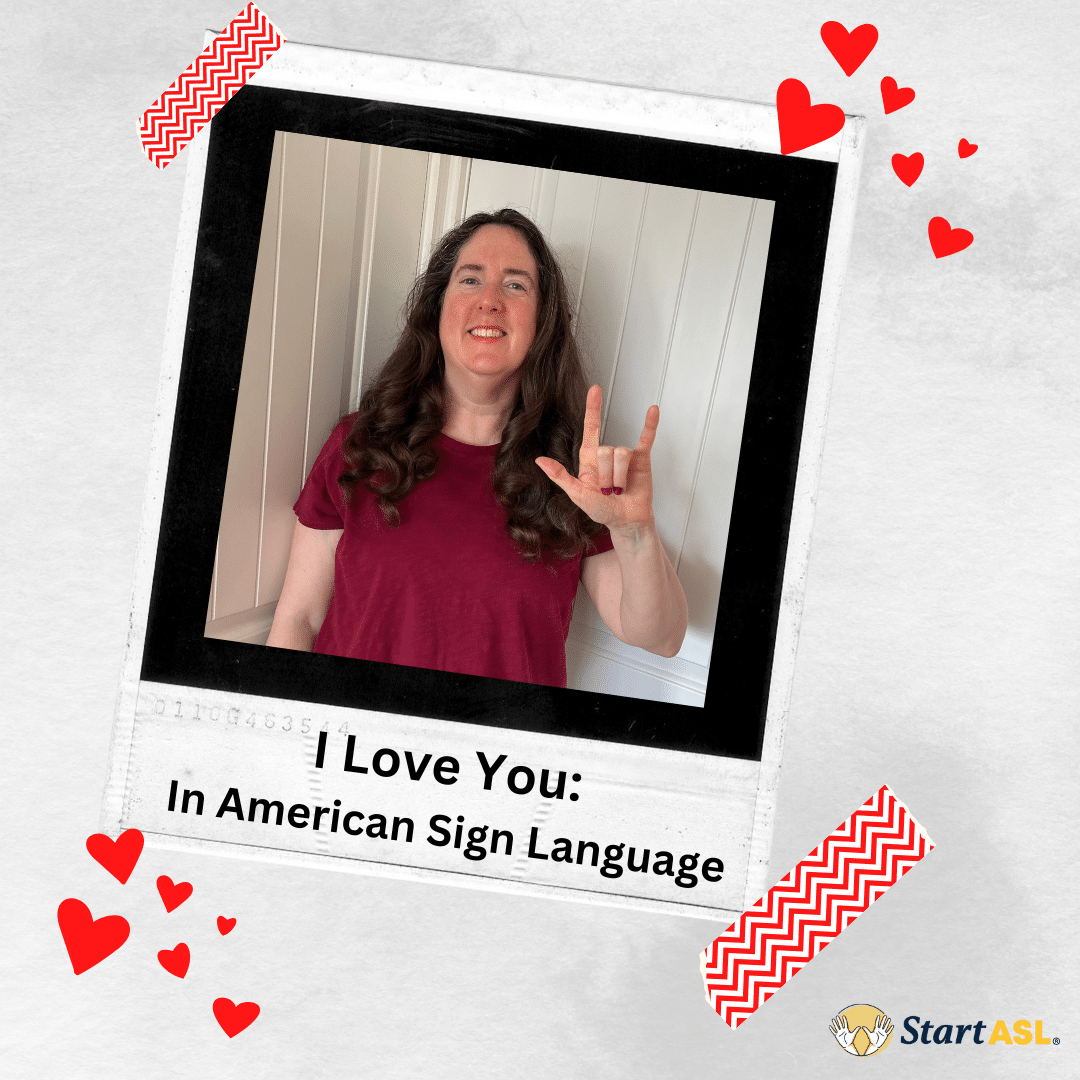
Free Sign Language: ASL 2 – Unit 8 Sample
In this unit sample of our free sign language classes, you will be learning about inflection.
Inflection (Adverbs)
Adverbs can modify an adjective, a verb, or another adverb to indicate time, place, manner, cause, or intensity. For example, English words like “quickly,” “boldly,” and “slowly” are adverbs.
In ASL, there are no separate signs for adverbs. Adverbs are created by adding inflection to a sign. Inflection can include varying the intensity or speed of signing or by incorporating facial expression.
For example, the sign for WALK can be made quickly or slowly to indicate how the person is walking, “light blue” is made by signing BLUE with a slight wrist turning motion, and SMART becomes BRILLIANT and PRETTY becomes BEAUTIFUL when signs are exaggerated.
Instead of signing “ME VERY HAPPY,” you would sign “ME HAPPY,” signing HAPPY in an exaggerated fashion with a larger movement and increased facial expression.
Here are some ways you can inflect a sign:
- Use a more intense facial expression
- Sign faster, slower, or sharper
- Sign using a larger movement
- Nod your head faster, slower, or sharper
- Shake your head faster, slower, or sharper
This is also where the many natural ASL mouth movements can be used. For example, instead of just signing, “ME WANT LARGE SODA-POP,” you can sign “ME WANT (LARGE)”cha”) SODA-POP” with the “CHA” mouth movement to mean a “gigantic” or “huge” soda.
Different signs are normally inflected in different ways. The inflection that you choose to use will depend mostly on the sign you are using.
Inflection Examples
You can watch examples of inflection in our full course.
Inflection Quiz
You can complete this quiz in our full course.
Take Our Free ASL 1 Course
This unit is just a sample of our complete course where you can learn American Sign Language quickly and easily. Enroll in our Free ASL 1 Course today!










